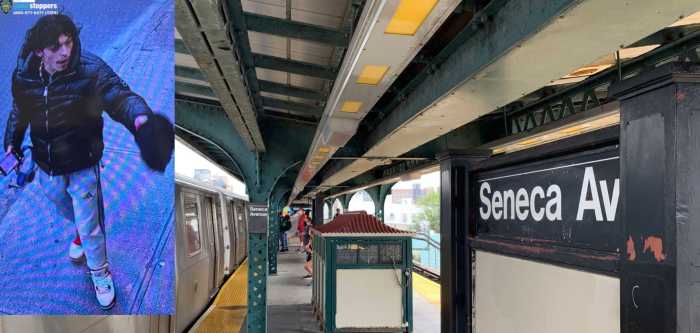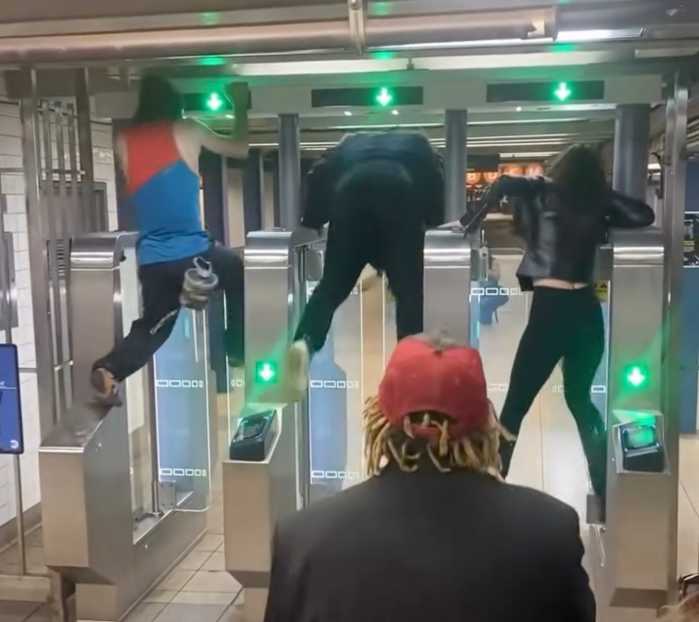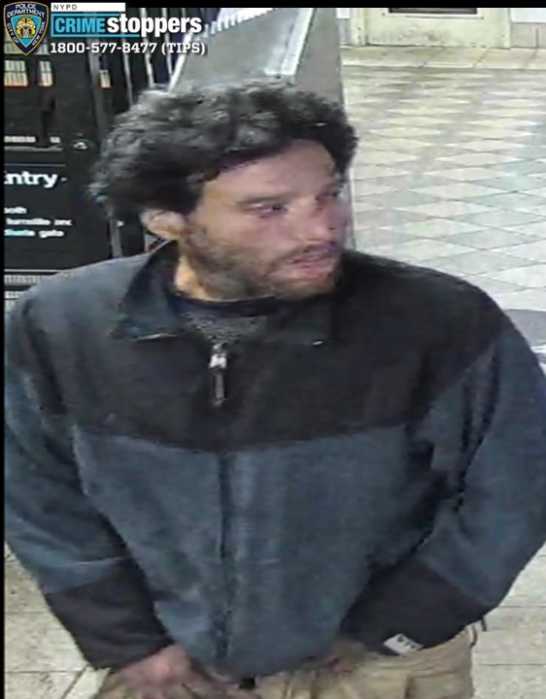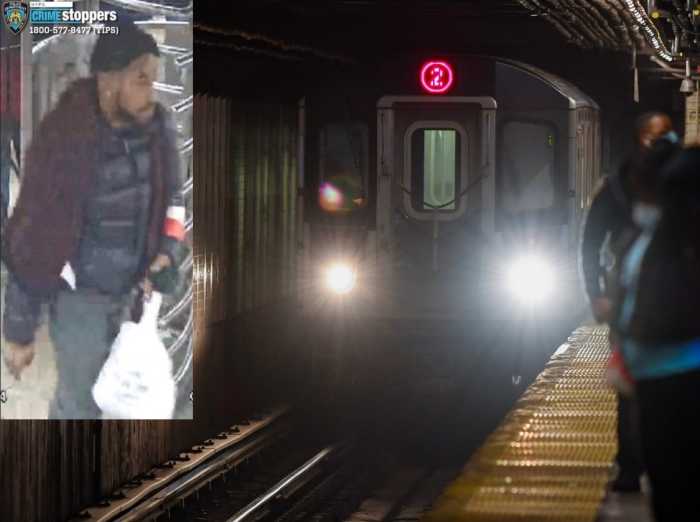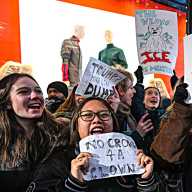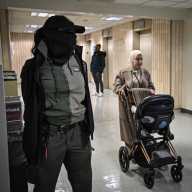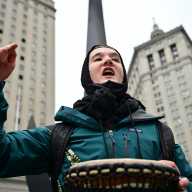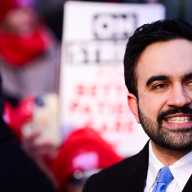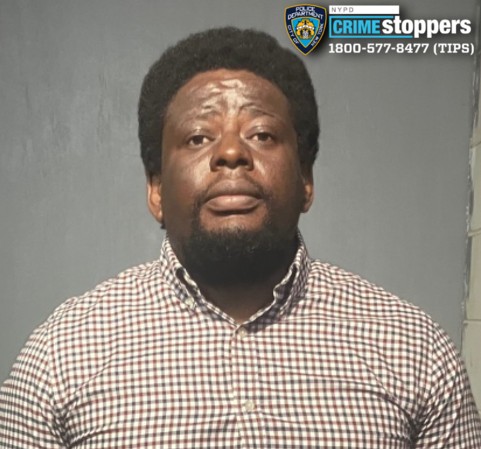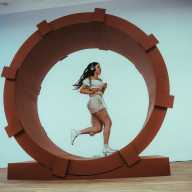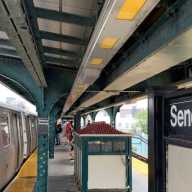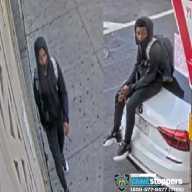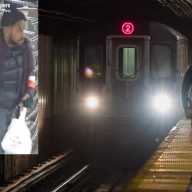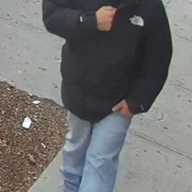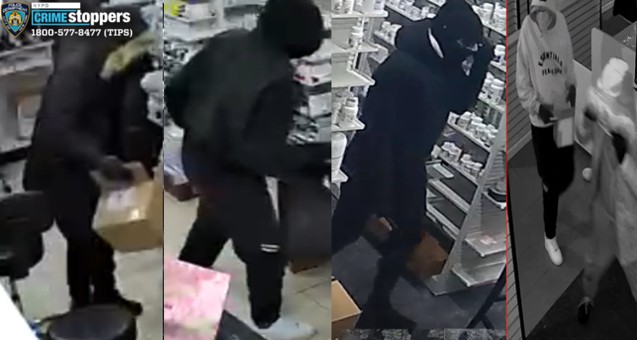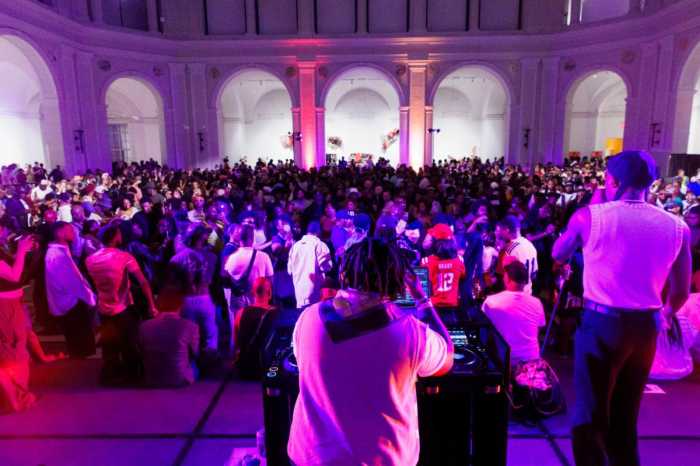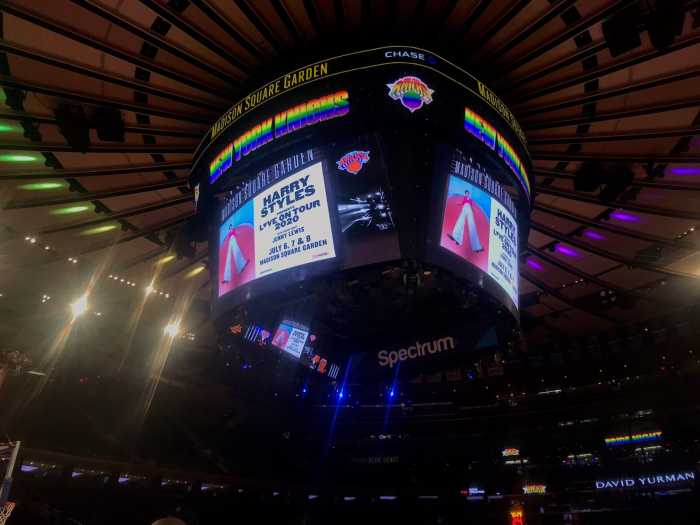One person’s dank underground tunnel is another person’s canvas.
“I was thinking, ‘Oh, God, this is so depressing,’” said Wendy Feuer, assistant commissioner of urban design, art and wayfinding at the city’s Department of Transportation, recalling the moment years ago when she walked artists through the drab tunnel that connects Broadway to the 191st Street subway station. But one artist perked up, saying, “Oh, this is just the perfect wall,” Feuer recalled.
Since 2008, the small department DOT Art has worked with artists to suss out canvases from the city’s network of 6,000 miles of streets, 789 bridges, hundreds of Citi Bike stations and dozens of step streets. The four-woman team, among an agency of more than 5,000 employees, has in that time created the first municipal program of its kind in the country that commissions temporary and permanent public art installations.
Moving beyond the asphalt palette of yellow and white street markings to a larger commitment to public art is part and parcel of the “rebalance” of streets for pedestrians, a goal of the agency that dates back to the Bloomberg administration.
“The primary mission of this transportation agency is to safely move people and goods and to get them balanced,” said Feuer in a recent interview. “But as we know, there’s been a preference for cars for quite a period of time. So to rebalance it, we’re trying to get people comfortable on the streets.
“I’ve always said, ‘People may not know who does it, but they know somebody is doing something to make their experience better’…It’s a way of communicating that the public cares, that someone is making a concerted effort to make the public realm a better place to be.”
That goal manifests itself in a mix of murals, light and sound and sculpture installations across the five boroughs. Think “Everything,” the bagel-inspired sculptures from Swedish artist Hanna Liden in Hudson River Park, or the colorfully patterned interpretation of Michelangelo’s David on the edge of the Meatpacking District, from the internationally acclaimed Spanish artist dEmo.
DOT Art offers four different program tracks geared toward a wide spectrum of artists, from painters who might have never displayed public art to world-renowned sculptors. Emily Colasacco, director at DOT Art and Summer Streets, said the team emphasizes community-based projects and working with the abundant number of emerging and immigrant artists living in the city.
Lina Montoya, a Colombian-born graphic designer living in Staten Island, worked with the department after hearing of Art’s community commission program through a local immigrant advocacy group. Her project “Las Mariposas Amarillas,” installed on a chain-link fence in Port Richmond, the heart of Staten Island’s Mexican community, includes yellow butterflies on a blue city skyline and honors the journey of immigrants and their paths to freedom—a message that has, for Montoya, taken on an elevated importance under President Trump and his deportation efforts.
“I’m from country where we’ve seen it all—war and conflict—and I’ve seen many things I’d like not to see. It’s just the reality,” said Montoya, who had never worked in the public realm before. “I chose to only use yellow, instead of the Monarch’s colors, to deliver a message of unity and peace. We are one type of people with a natural way that we love each other.”
Colasacco said her team tries to make a mark in all reaches of the city. For certain communities pressured by gentrification, public art—especially new murals—can raise eyebrows, according to Raúl Ayala, a teaching artist at the collective Groundswell. But from the collective’s experience in working with the DOT, the department manages to cultivate projects that are for the neighborhood and respectful of the residents already living there.
“They really value the relationships and they really put a lot of work in,” said Ayala. “This program is not like, ‘Oh yeah, let’s do a mural; You present me the design and then I’ll decide if I like it or not.’ They’re really involved in the conceptualization of the piece.”
Projects on average take between four and six months to implement, and are supported by $200,000 in annual funding through the city’s OneNYC plan. The next challenge, according to Colassaco, is to find funding in a more permanent way.
“Moving forward I’d like us to be thinking about ways to further embed the program within the agency and think about ways to tap into maintenance funding,” Colassaco said. “We can always have the program. We can have a permitting process; We can engage with artists; We can assist them with getting their art out there—but it would be wonderful to get that funding in a more permanent way.”
DOT Art program through the years
Founded: 2008
Contributing artists: 270
Partners: 113
Projects in five boroughs: 245



